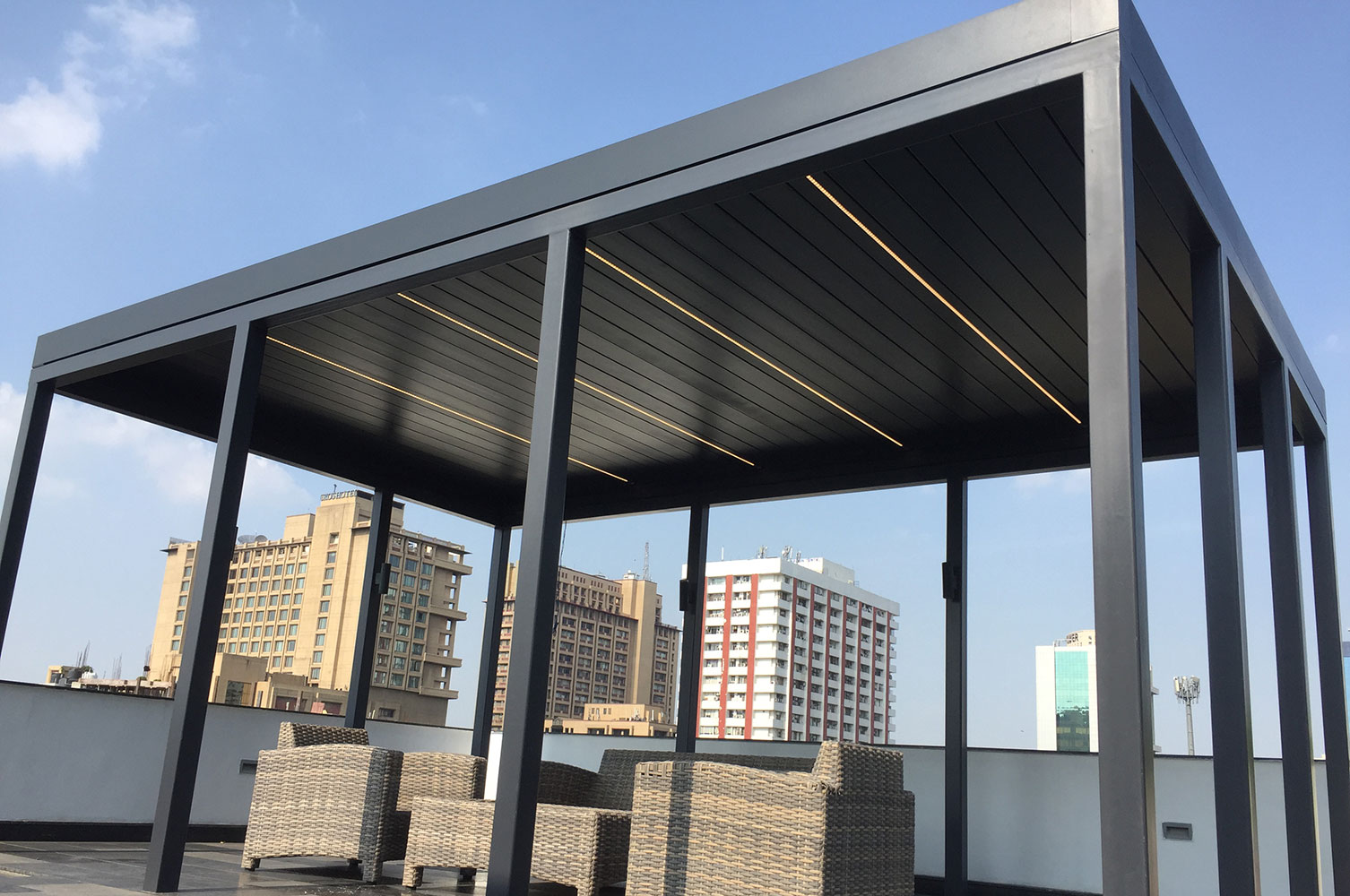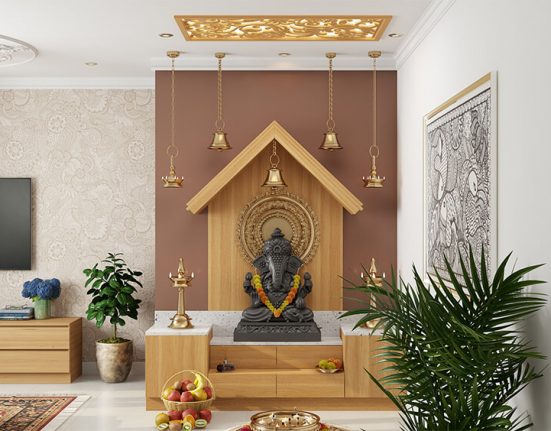Pergolas have been reimagined for the twenty-first century. You can buy louvered pergola that will add value, beauty, and enjoyment to open spaces of different sizes and forms because there are so many variations available. An arching pergola, for example, may transform a lovely deck into your favourite hangout location thanks to its open-air aspect. Pergola options are nearly limitless, and buyers frequently make typical mistakes that might be stressful in the future. When shopping for a pergola, having a checklist can help consumers avoid making costly mistakes.
Here are a few things to keep in mind when buying for a pergola.
- Select the appropriate material
- Choose structures that are thicker.
- Hardware and Notching
- Pay attention to the weather in your area.
- Obtain warranty information from the manufacturer.
- Eliminate any sizing errors.
- The Amount of Assembling Needed
Right Material
Make sure you choose a motorized pergola that will last at least ten years. One of the most important aspects is the material selection. The most common materials used to construct arched pergolas are wood, steel/aluminium, concrete, or PVC/vinyl. Wood is the most durable and widely used among them. However, with so many different wood varieties to choose from, such as California Redwood, Teak, Cedar, and Imported Hardwoods, purchasers can easily become perplexed as to which one is ideal for their needs. One of the most important aspects in deciding the lifespan of your pergola is the type of wood you use.

Thicker Pergola Structures
Pergola structures made of thicker wood tend to endure longer. Before you buy, make sure you compare the thickness and quality of the wood. Examine the quantity and quality of fasteners included in your set. The shipping weight of two Pergolas of similar size is a handy way to compare them. The shipping weight of competing products is an accurate indicator of their heft.
Notching is another crucial factor to think about
Pergolas with notches survive longer and are more resistant to the wind. So, when purchasing wooden pergolas, inquire as to whether they are partially or totally notched. Notching generates interlocking joints, which strengthens the structure, something buyers should be aware of. Notching also ensures that your timbers remain straight and true over time because they are unable to move. To save money on construction, most manufacturers skip notching entirely or partially, claiming that hardware will solve the problem. No, it doesn’t.
Moisture Issue
In dry climes, less expensive materials tend to survive longer, however in humid and severe climates, they may deteriorate with time. Consider the amount of moisture in your local climate and the potential for long-term deterioration. Pergolas do well in drier, milder climates, but when there is a lot of moisture or extreme weather, the quality of the wood becomes an issue.
Manufacturer’s Warranty
Even if your arched pergola is custom-designed, check sure you can receive replacement components in the future before you buy it. Look for a pergola manufacturer in India that has been in operation for at least five years. The benefit of selecting such a company is that they are more likely to honour their product warranty or assist you with new parts at any moment.
Avoid Sizing Mistakes
Because the majority of Pergola purchasers are first-time consumers, sizing problems are common. A common blunder is to assume that the size of the pergola being given is determined by the placement of the four corner posts. If the four corner posts of a pergola are supposed to lie on the corner of your spanking new 10′ x 12′ concrete pad, and you buy a 10′ x 12′ pergola, you’ll find that the posts are set at 8′ x 10′ to the outside corners when you have your pergola kit. The reason for this is because pergolas are always sized according to the size of their roof. Pergolas are often recessed from the roof edge anywhere from 8 inches to a few feet, depending on the design (commonly 12″).






